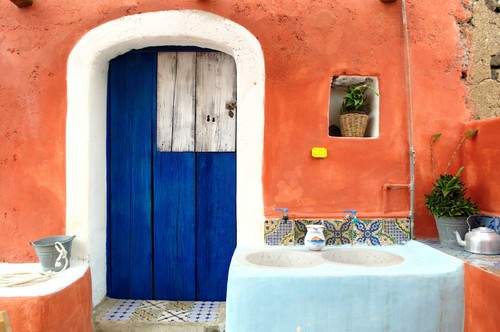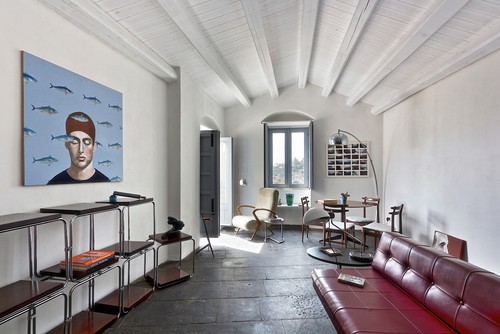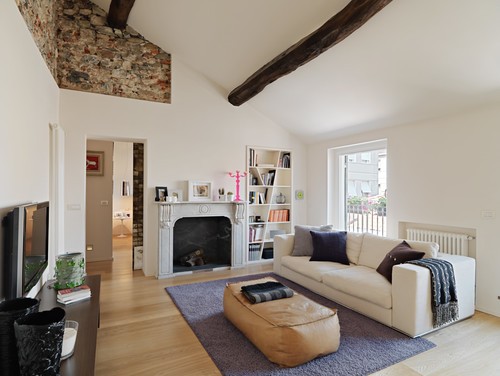
Original article written by houzz
You only have to walk through an Italian city or take a trip to the countryside to find abandoned offices, warehouses in disuse or buildings lost in a state of neglect. These are not so much beautifully melancholic ruins, but rather a substantial architectural heritage that could be an extraordinary opportunity to develop quality homes and a true manifesto against waste.
Here we present five good reasons and one warning for renovating an abandoned building.

1. The sustainable appeal of renovation
The refurbishment of existing buildings reduces land consumption, a key objective of all sustainable urban policies, and shows the charm of all abandoned buildings, not just historical buildings. The trick to preserving the appeal of an old house is to leave the original system and simply improve the architectural details. For example, a touch of colour is sufficient to brighten up the surface of a traditional plaster wall or to illuminate nondescript parts of an old wooden door.

2. The challenge of creating the perfect style
A project of upcycling a property doesn’t necessarily have to be traditional in style, but it is fun to try to find the ideal atmosphere, reinventing what already exists. For city-based projects, the inspiration for the restructuring is usually an industrial style, a style born in the United States to reuse disused work spaces after the Second World War. In this case, some typical features of the working environments, such as large windows or counters, are maintained or acquired from old warehouses and put into the new residential building.

When restoring ruins outside the city, many prefer the simplicity of the country style that shows the wooden beams of the ceilings, the stone walls, bricks or original tiles. It’s not mandatory to use classic elements to furnish because it’s possible to play with the juxtaposition between traditional structures and contemporary furniture or customise the rooms with a touch of eclecticism.

Even the use of vintage style furniture and accessories is suitable for renovation projects in abandoned buildings, both in an urban and rural setting, because modern features are easily harmonised with the elements of historical, simple and essential construction. In short, there is no correct style per se, but each project must be adapted to the building being done up, to improve its character and specificity.
3. The search for undiscovered architectural treasure
Another reason to makeover historic buildings is the possibility of experimenting with new architecture, born out of the stylistic union between historical architecture and modern architectural language. The contrast between a stone wall and a transparent window is sure to be impactful.

4. Crowdsourcing
It should not be forgotten that in the age of the internet there’s no shortage of social initiatives to support the refurbishment of abandoned buildings, both public and private, destined to be reused for cultural purposes.
5. Incentives and bonuses
The new state policies, such as the bonus ristrutturazione (a type of tax deduction on the restructuring of residential buildings), offer a great incentive to reuse and recycle old buildings. At the local level, many municipalities reduce the costs of making a place habitable or give volumetric discounts to those who renovate abandoned buildings. In Tuscany, with Regional Law n. 3 of 7.2.2017, an ad hoc legislation for the recovery of abandoned rural buildings has been developed.

6. Finally, pay attention to seismic safety
In conclusion, there are many reasons to choose reforming over new constructions, ranging from the culture of sustainability to architectural research or the improvement of historical heritage. However, special attention must be paid to seismic safety, especially in high risk areas. A careful preliminary technical verification can indicate the feasibility of the interventions and the indispensable work that must be carried out on the structures. The sisma bonus or other local incentives can provide very useful financial support.